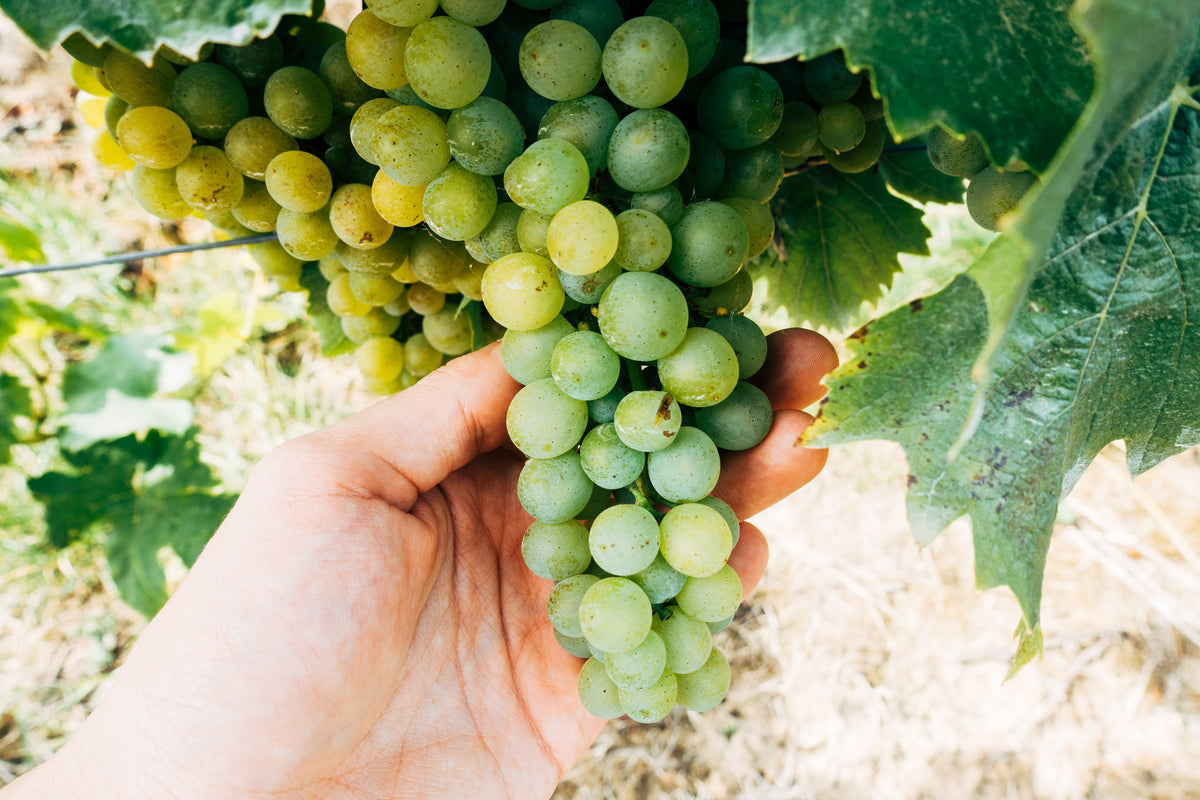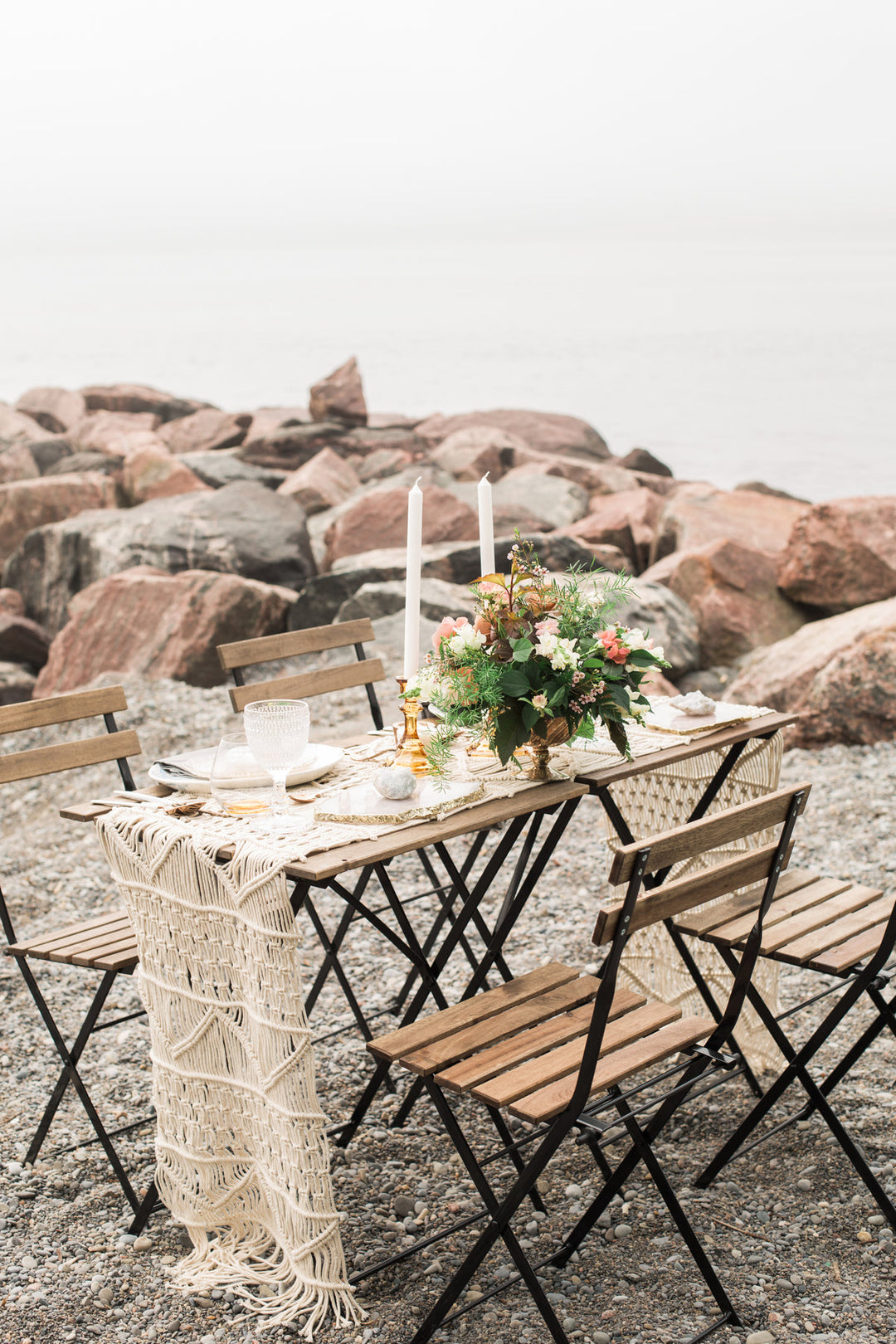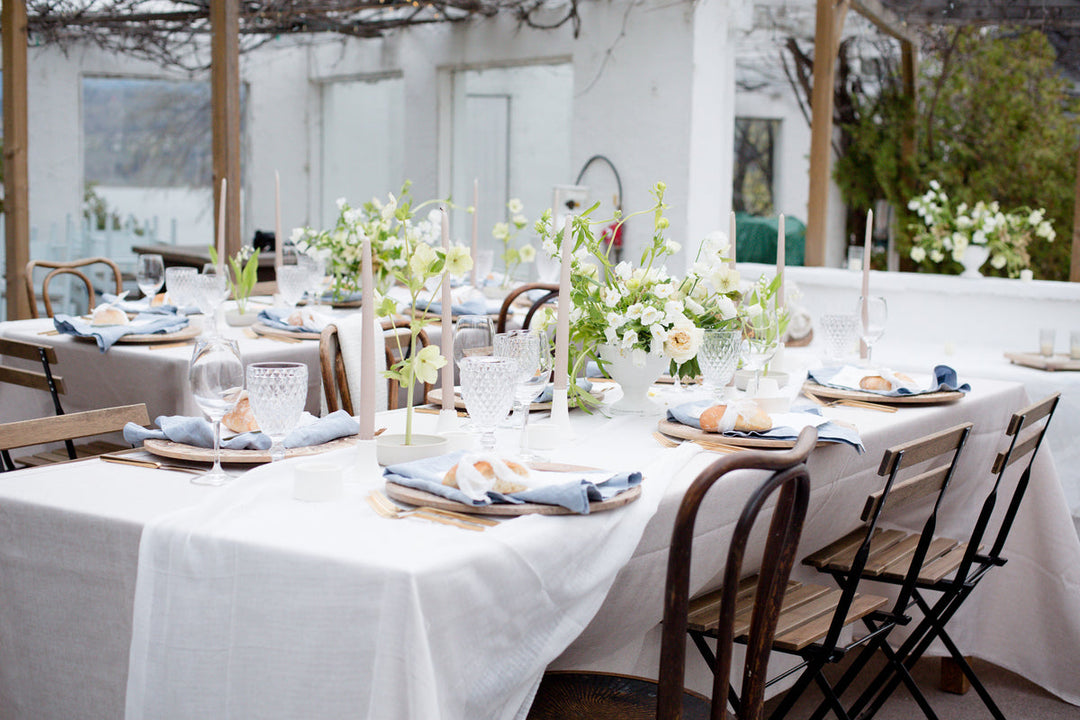
White wine and its history
The history of white wine goes back a long way, to ancient times. White wines were made and enjoyed from various grape varieties as early as ancient Greece and the Roman Empire. The techniques of winemaking and cultivation have been refined and passed down over the centuries.
In the Middle Ages, monasteries played a significant role in the development of white wine. Monks devoted themselves to growing grape vines, experimenting with different varieties and growing techniques. They recognized the importance of the location, the soil and the microclimate for the quality of the wine.
During the Renaissance, white wine experienced a boom and became very popular at royal courts and in aristocratic circles. In France in particular, influential varieties such as Chardonnay and Sauvignon Blanc were cultivated and further developed.
Over time, different countries and regions have developed their own white wine traditions. Germany is known for its Riesling wines, while Italy boasts refreshing Pinot Grigios and elegant Soave wines. New Zealand has achieved international recognition for its crisp Sauvignon Blanc.
Today, white wine is popular all over the world and is appreciated by wine lovers. Winemaking has evolved, with modern techniques and controlled temperature processes helping to preserve the aromas and freshness of white wines.
The history of white wine is a fascinating journey through time and different cultures. Every sip of white wine reveals a connection to the past and the careful craftsmanship of the winemakers.

White wine as a symbol of lightness
White wine has a firm place in society today. With its versatility and different styles, it is popular with many people. It goes well with a variety of dishes and is a refreshing option for social occasions and summer events. White wine creates a pleasant atmosphere and invites relaxation and enjoyment. Current trends such as organic farming and natural wines also find their place. The wide selection of high quality and affordable white wines makes it accessible to many. Overall, white wine remains a valued drink that enriches people in many ways.
White wine and its aromatic elegance
White wine impresses with an impressive variety of aromas and taste nuances, which can vary from variety to variety and from growing region to growing region. The different aromas and flavor profiles make white wine a fascinating and multifaceted drink. Here are some of the most common aromas and flavor characteristics found in white wines:

Citrus: White wines can have refreshing acidity and distinct aromas of citrus fruits such as lemon, lime and grapefruit. These citrus notes give the wine freshness and invigorating accents.
Tropical fruits: Exotic fruit flavors are also often found in white wines. Pineapple, mango, papaya, passion fruit and peach give the wine an aromatic fullness and a fruity-sweet profile.
Stone fruit: White wines can also feature aromas of ripe stone fruits such as apricot, nectarine and pear. These notes give the wine a pleasant sweetness and a juicy texture.
Apple and pear: Green apples, juicy red apples and sweet pears are typical flavors found in many white wines. They give the wine freshness, lively acidity and a crisp texture.
Floral notes: Some white wines contain floral aromas reminiscent of flowers such as jasmine, acacia, orange blossom and lily of the valley. These floral nuances give the wine elegance, finesse and a certain fragrance.
Minerality: Some white wines may have subtle mineral notes reminiscent of chalk, flint or wet stones. These mineral components give the wine an additional dimension and a certain depth.
Herbs and Spices: Spices such as ginger, vanilla, nutmeg and cinnamon can be found in some white wines and give the wine a spicy and complex note.
The range of aromas varies depending on the variety, growing region, winemaking technique and degree of ripeness of the grapes. Every white wine has its own character and unique taste signature.
The variety of flavors of white wine allows us to accompany a wide range of dishes. From fresh salads to seafood and poultry to creamy cheeses, white wine offers a harmonious complement to various culinary delights.
Unique lightness in a summer dress
White wine is a wonderful and light companion for social occasions and refreshing moments. It is often enjoyed at weddings, summer parties, receptions and outdoor gatherings. With its lighter color and light character, white wine is a popular choice for enjoying moments of lightness and celebratory relaxation and rejuvenation.
It is often associated with sophistication, elegance and a touch of lightness. White wine represents carefree moments that are enjoyed in the company of friends and family.


We help you,your perfect white wine glassto find.















